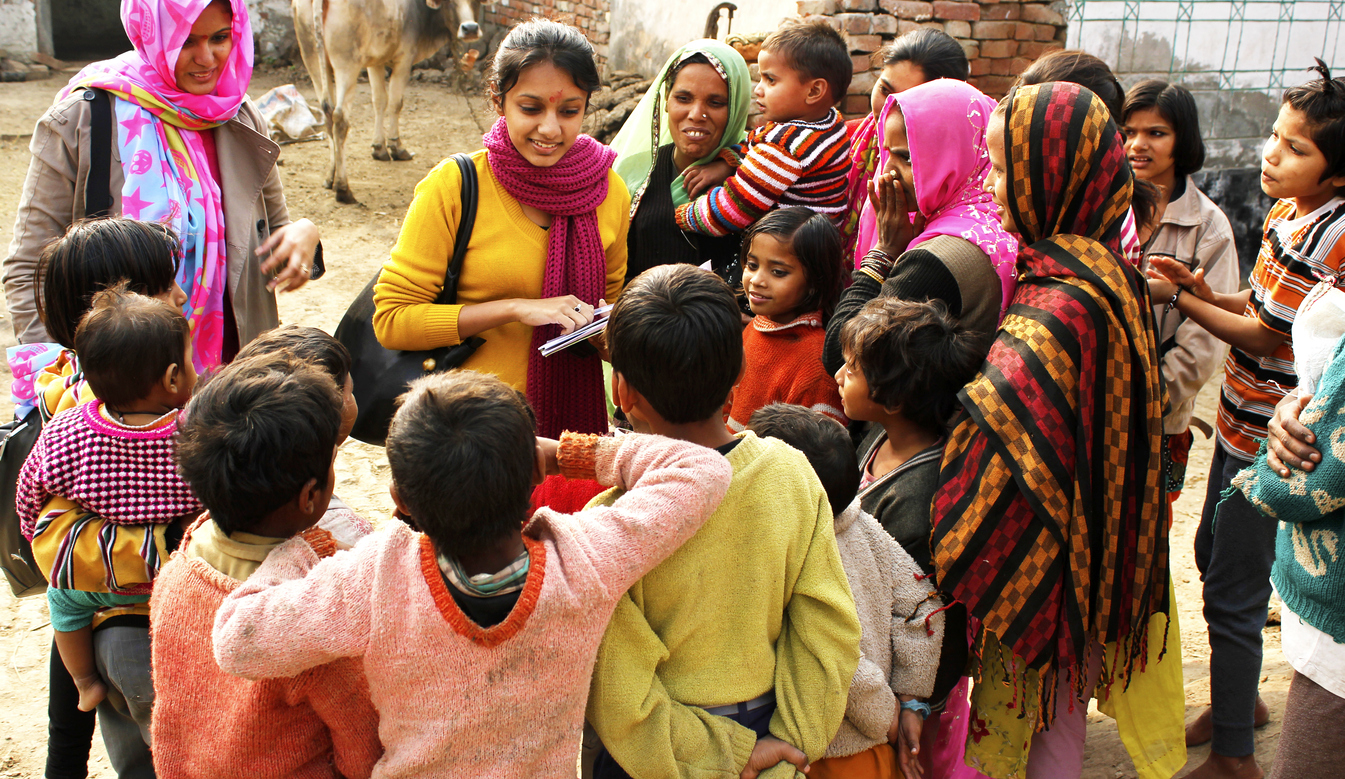
When child welfare homes don’t mean care and protection
Getting trapped in child labour, dropping out of school, taking to addictions and violence — the status of children in Tamil Nadu’s child welfare institutions, which have been deinstitutionalised in the last four years, has prompted authorities to rethink strategies for care and protection of children at risk.

Getting trapped in child labour, dropping out of school, taking to addictions and violence — the status of children in Tamil Nadu’s child welfare institutions, which have been deinstitutionalised in the last four years, has prompted authorities to rethink strategies for care and protection of children at risk.
In the last four years, about 800 odd child welfare homes have been shut down and 18,000 children were reunited with their families or transferred to other homes. The homes were found to be unrecognised and a section of them were therefore converted into hostels.
The Tamil Nadu Commission for the Protection of Child Rights (TNCPCR) undertook a pilot study to cover a section of the children. While a large number could not be traced, the remaining were found living in conditions that have raised an alarm among child rights activists and the monitoring authorities.
Education and health suffer
According to R Sujatha, director, Karupa Institute of Development Initiatives, who was a part of the study, the health and education of these children suffered the most.
“The parents, who had handed over the custody of their children to these institutions, had to take them back after the institutions shut down. Back in their welfare homes, which lacked a congenial atmosphere, they had turned to drugs and some of them even dropped out of school,” she says. She adds that the children who returned to their parents have been sick and their parents could not provide the required treatment. “This is a serious area of concern for us.”
Sharing a case study of a boy who had returned to his parents, Sujatha says, “When we visited his house for the second time, his parents told us that he had left home after stealing money and that he would return after the money is exhausted.”
Also read | Vocational skills to help mentally ill patients after cure
Andrew Sesuraj, project director, Loyola Knowledge Hub for Excellence in Child Protection, which supervised the study, points out that the study highlights the importance of a strategy and plan while shutting down such welfare homes. “A major section of the parents want to take their children back provided their behaviour is changed. But, has the family changed to accommodate the child?” he asks.
As the state too plays the role of a parent, care and protection should be extended to the children till they need it, says S Latha, assistant professor, Department of Criminology, University of Madras, who undertook the study. “The concept of vocational education has to be promoted among these children rather than foisting a form of education they cannot cope with,” she adds.
Need interventions and plans
Speaking to The Federal, MP Nirmala, chairperson, TNCPCR, says that the commission had decided to carry out the study to find out what changes should be made in their approach while reintegrating children with their parents. “We are not blaming the government or any other agency. We are just trying to understand how we should modify our programmes for such children during times of reintegration,” he says.
The existing Integrated Child Protection Scheme (ICPS), which aimed at creating a protective environment for children in difficult circumstances and other vulnerable children, has failed to benefit them due to the lack of effective implementation. “We cannot push for deinstitutionalisation without preparing an ideal environment for them in their families,” she adds.
Sesuraj says that the probation officers should follow up on the children to monitor their progress. “They cannot do it immediately but the children have to be in their radar,” he adds.
Also read | Here’s why 20,000 clinical establishments may shut down in TN
58% children still untraced
The bigger concern for the experts is the status of the children who are yet to be traced. According to the study, Latha says, nearly 58% of the children could not be traced so far.
“If the NGOs undertook the follow-ups properly, the addresses wouldn’t be wrong. It is worrying that such a large number of children could not be found. What is their situation today? Are they working as bonded labourers or been trafficked? To find out, we need a larger study,” she says.
Nirmala says that a follow-up study will be rolled out soon and that recommendations will be sent to the Department of Social Defence.

